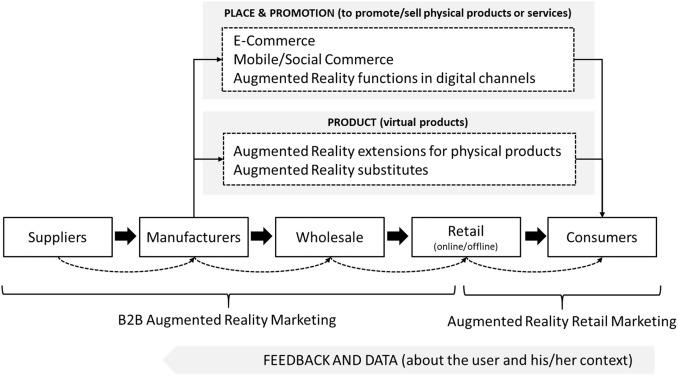Real Stories: Student Perspectives on Online Learning Experiences
Online learning has rapidly evolved to become a central part of modern education. With the increase in flexible, technology-driven courses, students worldwide have been offered opportunities to learn beyond the conventional classroom. But what do real students have to say about their online learning experiences? Let’s explore authentic student perspectives, the benefits and challenges faced, and practical tips for thriving in a virtual classroom.
Introduction: The Rise of Online Learning
Over the past decade, e-learning and distance education have surged in popularity, providing access to education for millions. The global shift toward online platforms—accelerated by the COVID-19 pandemic—has transformed how students and educators interact and share knowledge.Yet, each student’s journey in online education is unique. This article dives into genuine stories and firsthand experiences from students, offering guidance to those considering online learning and insights to educators aiming to enhance virtual classrooms.
Benefits of Online Learning: What Students Love
Many students report positive experiences with virtual education. Here are some key advantages gleaned from their stories:
- Adaptability: The ability to learn anytime, anywhere, helps students manage studies alongside work, family, or other commitments.
- Self-paced Learning: Online courses often allow students to progress at their own speed, reinforcing mastery and catering to individual learning styles.
- access to Diverse Resources: Digital platforms provide a variety of materials—from video lectures to discussion forums—broadening the educational experience.
- Global Connection: Students can collaborate with peers across the world, gaining new cultural perspectives and building international networks.
- Cost Savings: E-learning typically reduces transportation, accommodation, and sometimes tuition costs.
Student Story: Maria’s Flexible Schedule
“As a single mother, the flexibility of online classes made a huge difference. I attended lectures in the evenings, after my kids went to bed. The recorded sessions and downloadable resources allowed me to keep up despite my busy routine.” – Maria P., Business Administration Student
Challenges Faced: Honest Student Feedback
While there are clear benefits, online learning is not without its difficulties. Student perspectives highlight several common obstacles:
- Lack of In-person Interaction: Many miss direct social engagement and immediate feedback from instructors and classmates.
- Procrastination & Time Management: Without set schedules, staying disciplined can be tough.
- Technical Issues: Unstable internet connections or unfamiliarity with learning platforms can hinder progress.
- Motivation Challenges: Remote learning can feel isolating, affecting engagement and drive.
- Assessment Concerns: Some students worry about the fairness and integrity of online exams.
Student Case Study: David’s Struggle with distractions
“At first,online learning seemed perfect—I coudl study in my pajamas! but soon,household distractions became a real problem. I had to develop a strict routine and create a dedicated study space to stay focused.” – David L., Computer Science Major
Case Studies: Real Experiences from Diverse Students
Case Study 1: Overcoming the Confidence Gap
Priya, an undergraduate from India, was initially skeptical about participating in discussion boards. she feared her English wasn’t strong enough. But as weeks passed, she found that virtual classrooms provided a safer, more inclusive space for her to express her ideas. “Typing my thoughts, rather of speaking, gave me the confidence to participate without fear of judgment,” she shares.
Case Study 2: Building a Global Network
Ahmed, an engineering student in Egypt, joined a U.S.-based online course. He collaborated on projects with students from five countries, gaining insights into international best practices. “I’ve made friends across continents and honed my cross-cultural interaction skills,” Ahmed says.
Case Study 3: Transitioning to Online Learning During COVID-19
Sara, a high school student from the UK, experienced a sudden switch to remote learning during the pandemic. Initially overwhelmed, she credits her school’s virtual support groups for helping her adjust. “Weekly check-ins kept me motivated and connected,” recalls Sara.
Practical Tips for Maximizing Online Learning Success
Drawing from various student perspectives,here are actionable strategies for making the most of your online learning journey:
- Create a Dedicated Study Space: Establish a quite,organized area for classes and assignments to boost focus.
- Set a Consistent Routine: Structure your days and plot time for classes, study, breaks, and rest.
- Engage Actively: Participate in forums,virtual group projects,and live sessions to deepen understanding and build connections.
- leverage Technology: Utilize digital tools for note-taking, scheduling, and collaboration.
- Seek Support: Don’t hesitate to reach out to instructors or join online student communities for help and encouragement.
- Monitor Your Progress: Set small, achievable goals and celebrate your milestones to maintain motivation.
Frequently Asked Questions About Online Learning Experiences
- Is online learning as effective as traditional in-person classes? – Numerous studies suggest online learning can be equally effective, especially when students are self-motivated and courses are well-designed.
- How do students interact and network online? – Through forums, group projects, video calls, and online events, students can build meaningful connections despite physical distance.
- What are the common technical requirements? – A reliable internet connection,updated device,basic computer skills,and access to the learning platform are typically needed.
- How do online exams work? – Schools use proctoring tools, timed assessments, and open-book formats. Academic honesty policies are strictly enforced.
Conclusion: The Evolving World of Online Learning
Real student stories reveal that online learning experiences are as diverse as the students themselves. While challenges exist—ranging from self-discipline to technology—thousands embrace digital education for its flexibility,inclusivity,and global opportunities. By listening to student feedback, educators and institutions can continue to improve virtual learning environments, making education more accessible and engaging for all. Whether you’re a student considering online courses or an educator designing digital curricula, understanding student perspectives is key to thriving in this evolving educational landscape.
Have your own online learning story? Share your outlook in the comments below and help empower future learners on their virtual education journey!

